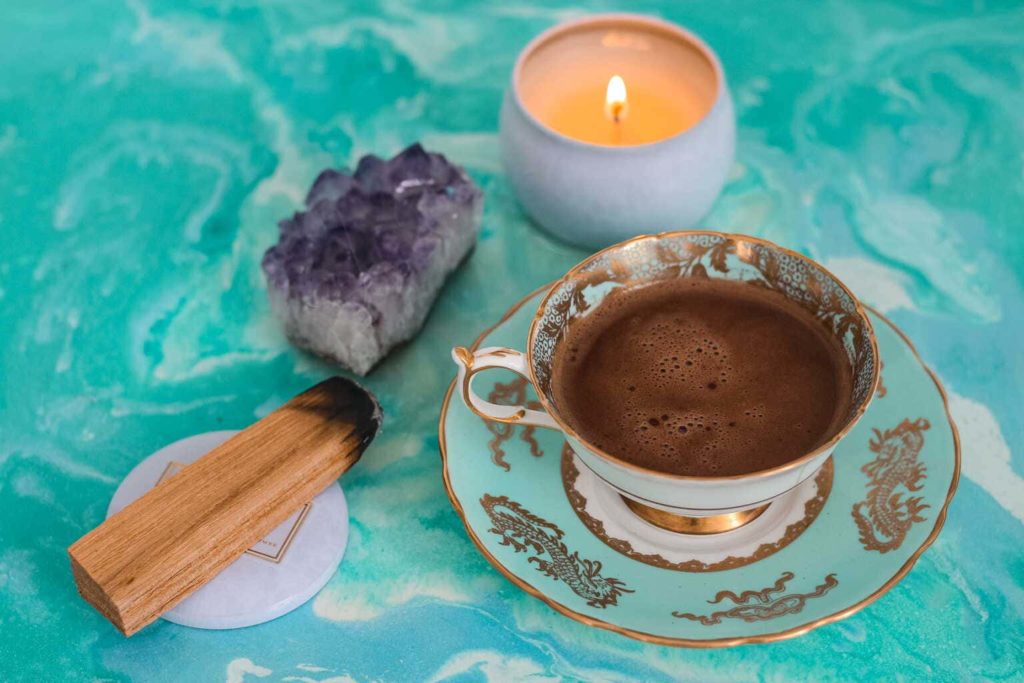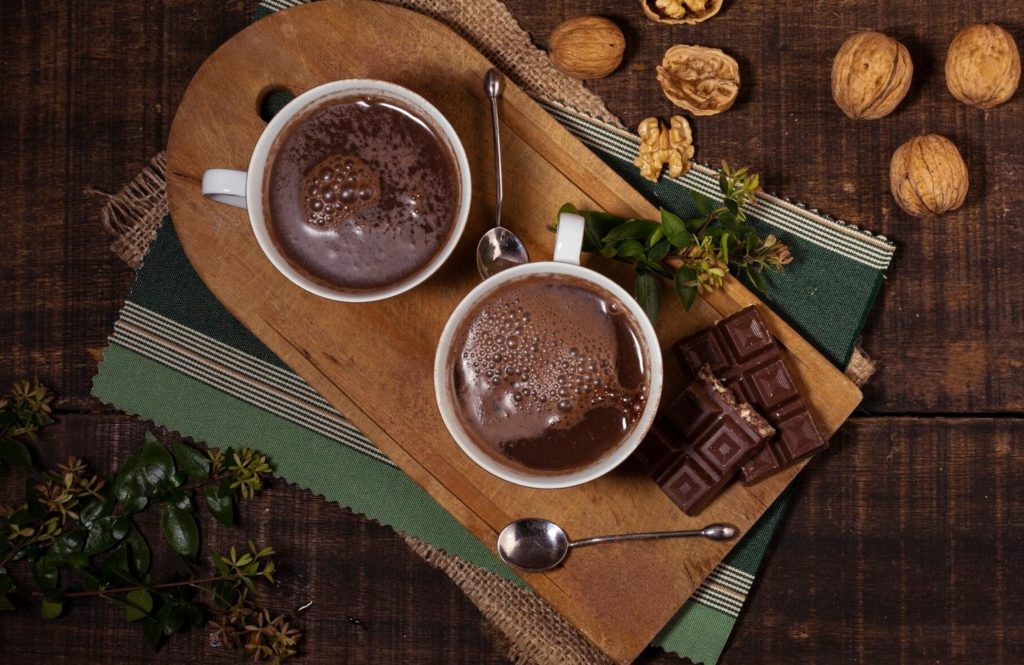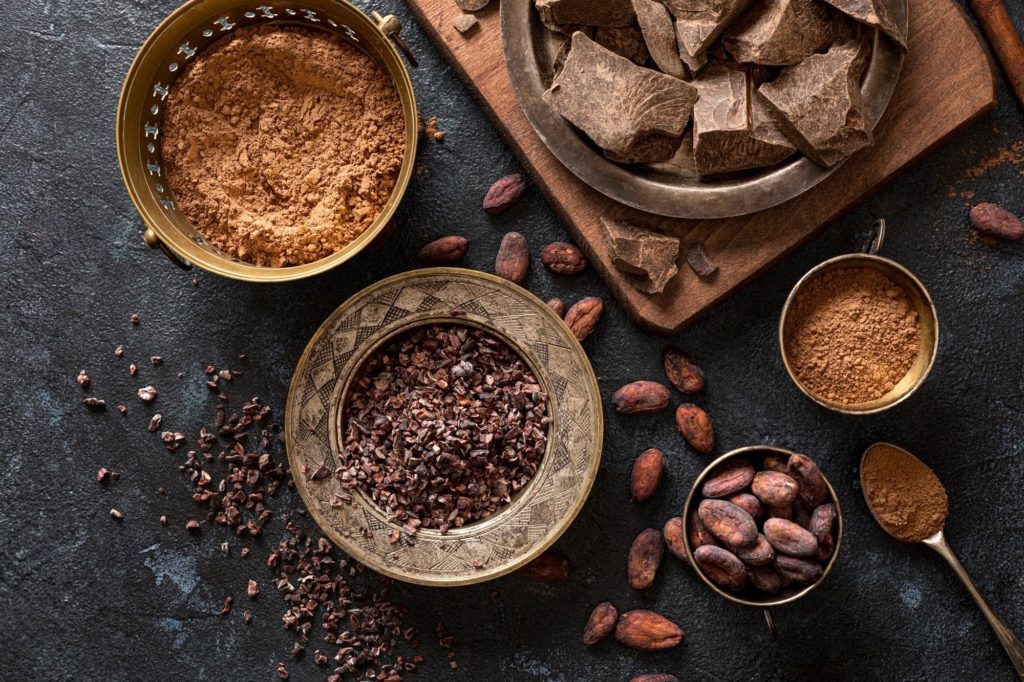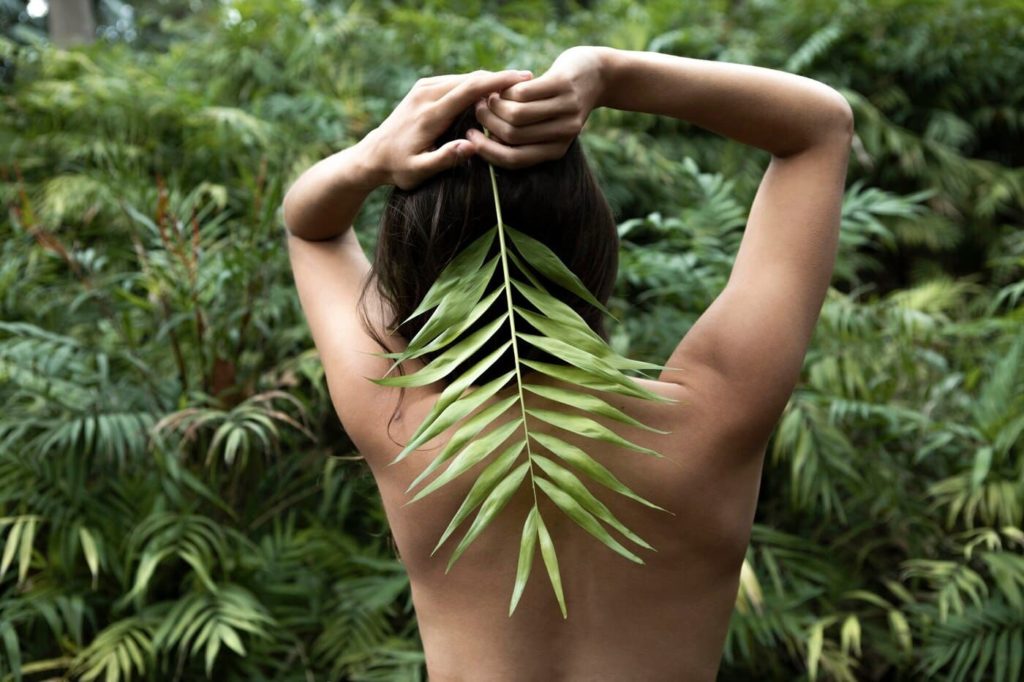Cacao is one of the oldest and most valuable plants in the world and has a long history as a ritual and ceremonial drink. Nowadays, ceremonial cacao has gained popularity as an alternative form of meditation and awareness. In this article, you’ll learn everything you need to know about ceremonial cacao.
What is ceremonial cacao?
Ceremonial cacao, also known as ‘sacred cacao’, is more than just a drink; it is a cultural and spiritual practice that has deep roots in various traditional societies. This specially prepared cocoa drink is valued not only for its delicious taste, but also for its unique role in ceremonial occasions and various spiritual contexts.
Ceremonial cocoa is prepared according to traditional recipes, with a focus on the highest quality and conscious preparation. High-quality cocoa beans are carefully selected and combined with various ingredients to create a drink with an exceptional taste and aroma. Ingredients such as cinnamon, vanilla or even chili are often added to give the cocoa additional flavor nuances and intensify the sensory experience.
The term “sacred cocoa” underlines the spiritual dimension of this drink. In many cultures, ceremonial cocoa is seen as a gift of nature that not only nourishes the body but also stimulates the soul. It plays a central role in shamanic practices, yogis and other spiritual traditions. During ceremonies, cacao is often used as a tool to expand consciousness and deepen the connection between participants and nature.
How is ceremonial cocoa prepared?
The artful preparation of ceremonial cacao is an integral part of the ritual, emphasizing not only the process itself, but also an appreciation for the plant and its origins. The cocoa beans are selected with the utmost care, ensuring the highest quality and ripeness. Another crucial step is fermentation, where the cocoa beans undergo a controlled fermentation process. This step is crucial to promote the development of certain aromas and the optimization of cocoa bean quality.
After careful selection and fermentation, the cocoa beans are ground to obtain a fine cocoa paste. This mass forms the basis for the preparation of the drink. In many ceremonial practices, special emphasis is placed on traditional hand grinding in order to intensify the energetic connection between the plant and the practitioner. The resulting cocoa paste is then mixed with water or milk and slowly heated. The slow heating process is crucial in order to optimally develop the aromas and obtain a creamy, delicious drink. This careful preparation process goes beyond simply making a drink; it symbolizes respect for the plant and creates a link between the past and the present. The preparation of ceremonial cacao is often seen as a meditative act that emphasizes mindfulness and presence.
What is a cacao ceremony?
A cacao ceremony is an ancient tradition that originates from the indigenous cultures of Central and South America. In many indigenous communities, cacao is considered a sacred plant that promotes both physical and spiritual well-being. During the ceremony, cacao is often combined with other plants and rituals to enhance its effects. Cacao ceremonies can be performed for healing, to strengthen community bonds, to explore visions or to worship ancestors or deities. In some cultures, cacao ceremonies are performed as part of rites of passage such as initiations or weddings. The meaning and practices of cacao ceremonies vary from culture to culture, but they are an important expression of indigenous spirituality and tradition.
Things you can do at a cocoa ceremony
1. Set an intention:
Before the ceremony begins, it is important to set an intention. The intention can be anything from healing a particular aspect of your life to exploring new insights or deepening an existing spiritual practice.
2. Attunement:
The ceremony often begins with an attunement, where participants are asked to let go of their thoughts and worries and focus on the present moment. This can be done through meditation, prayers or rituals such as lighting candles or incense.
3. Drinking cocoa:
During the ceremony, cocoa is usually drunk in a calm and mindful environment. The cacao is often prepared by a ceremony leader or healer and can be flavored with spices such as cinnamon and vanilla. When drinking the cacao, participants are often advised to open their senses and focus on the taste, smell and texture of the drink.
4. Music and singing:
In some cacao ceremonies, music and chanting is used to create an atmosphere of healing and well-being. The music may be accompanied by drums, flutes or other instruments and chanting can often be used as a way to release one’s voice and energy.
5. Reflection:
After drinking the cocoa, participants can be given time to reflect on their thoughts and feelings. This can be facilitated through silent meditation or guided questions and discussion. Reflection can help to delve deeper into one’s own feelings.
Where can I do a cacao ceremony in Germany?
There are various places in Germany where you can take part in a cacao ceremony.
Here are some options:
1. Heilraum Berlin:
Spirit Berlin is a venue in Berlin that offers different types of ceremonies, including cacao ceremonies.
2. Yogagaya:
This is a company that specializes in organizing cacao ceremonies in Berlin. They regularly offer ceremonies at various locations in the city.
3. Cacaomama:
Cacaomama is an organization that offers cacao ceremonies in various cities in Germany, including Berlin, Hamburg and Cologne.
4. Cocoa Ceremonies Munich:
This is a group of people in Munich who hold regular cacao ceremonies.
5. The mystery of sound:
A series of events in Hamburg that offers cocoa ceremonies and other spiritual events.
It is advisable to research and book in advance as the events often have limited places and need to be booked in advance.
Conclusion
Overall, it can be said that ceremonial cacao is an ancient tradition that is still practiced by many people around the world today. Its healing properties are valued by many and the ceremonies offer a way to connect with yourself, others and the universe. If you are interested in participating in a cacao ceremony, it is advisable to seek advice from experienced practitioners and find out about the cultural and spiritual background to the practice.




